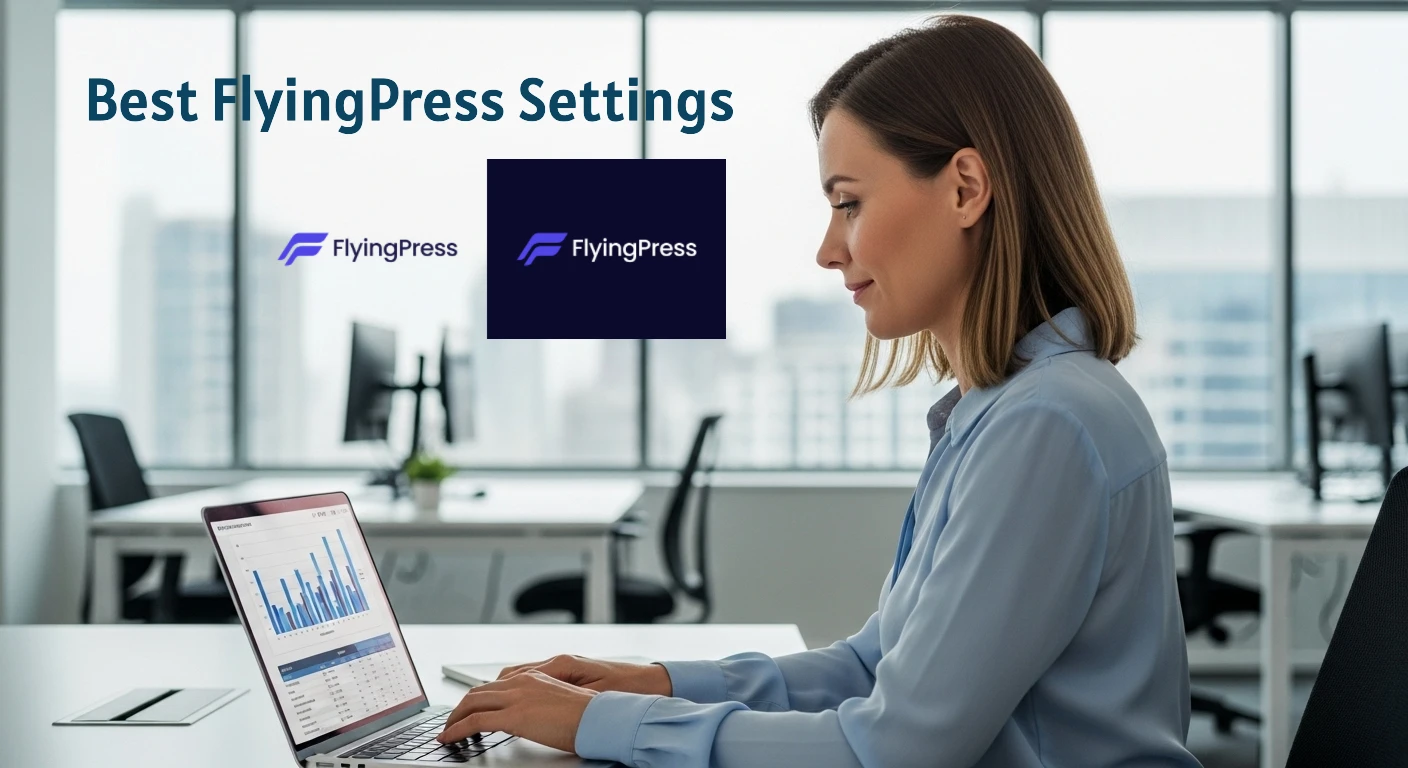If you’re serious about website speed, FlyingPress is one of the most powerful optimization plugins you can use for WordPress. But here’s the catch: the default settings aren’t always the best for your specific site.
This guide breaks down the best FlyingPress settings that deliver blazing-fast load times without breaking your design or functionality.
Whether you run a blog, WooCommerce store, or portfolio site — these settings will help your pages load in the blink of an eye.
Join my YouTube channel to get the FlyingPress plugin and enjoy exclusive membership perks!
🚀 Why FlyingPress Matters in 2025
In 2025, speed is everything. Google ranks fast sites higher, visitors expect instant load times, and slow websites lose traffic — and sales.
FlyingPress gives you an all-in-one performance solution: caching, CSS/JS optimization, image compression, lazy loading, and more — all built to boost your Core Web Vitals.
⚙️ Best FlyingPress Settings for Optimal Performance
Here’s a practical setup that’s proven to work across most WordPress sites:
| Category | Setting | Recommended Option | Notes |
|---|---|---|---|
| General | Cache Pages | ✅ ON | Speeds up page delivery for visitors |
| Additional Auto Purge | ❌ OFF | Only enable for dynamic sites | |
| CSS | Minify CSS | ✅ ON | Shrinks file size |
| Combine CSS | ⚠️ Optional | Can reduce requests, but test first | |
| Remove Unused CSS | ⚠️ Use Carefully | May break layouts if not tested | |
| JavaScript | Minify JS | ✅ ON | Smaller JS files = faster site |
| Defer JS | ✅ ON | Loads scripts after content | |
| Delay JS | ⚠️ Optional | Great for speed, but test sliders/forms | |
| Images | Lazy Load Images & iFrames | ✅ ON | Saves bandwidth, improves speed |
| Serve WebP | ✅ ON | Smaller, next-gen image format | |
| Fonts | Self-Host Google Fonts | ✅ ON | No more external requests |
| Preload Critical Fonts | ✅ ON | Fixes layout shift (CLS) | |
| Exclusions | Cart, Checkout, Account pages | ✅ Exclude | Avoids issues with dynamic content |
💡 Pro Tip: Start Simple, Then Go Advanced
Many users make the mistake of enabling every feature at once — and then spend hours fixing what broke.
Instead, start with the basics: minify CSS/JS, defer JavaScript, and enable caching. Once your site runs smoothly, you can experiment with “Remove Unused CSS” and “Delay JS” for even better performance.
🧠 Advanced Settings That Make a Difference
- Preload Your LCP Image:
Identify your Largest Contentful Paint (LCP) image and add it under “Preload.” This ensures it loads instantly. - Use Brotli or GZIP Compression:
Make sure your web host supports compression. FlyingPress works perfectly alongside these. - Set Up a CDN:
If you use Cloudflare, BunnyCDN, or RocketCDN — connect it through FlyingPress for faster global delivery. - Exclude WooCommerce Pages:
Never cache dynamic pages like Cart, Checkout, or My Account.
⚡ How to Test Your Speed
Once you’ve set everything up, check your results using:
- Google PageSpeed Insights
- GTmetrix
- WebPageTest
- Chrome DevTools → Lighthouse
You should see a clear improvement in metrics like:
- LCP (Largest Contentful Paint)
- FID / INP (Interaction to Next Paint)
- CLS (Cumulative Layout Shift)
Aim for a PageSpeed score above 90 and an LCP under 2.5s — that’s the sweet spot.
🔍 Common Mistakes to Avoid
- Turning on every optimization at once (always test step by step)
- Forgetting to clear cache after theme or plugin updates
- Using multiple caching plugins (only FlyingPress is enough)
- Skipping the exclusion of dynamic pages
🧾 Summary: Best FlyingPress Settings (Quick Copy)
Here’s your simple checklist for optimal setup:
✅ Enable Page Cache
✅ Minify CSS and JS
✅ Defer JavaScript
✅ Lazy-load images and iframes
✅ Serve WebP images
✅ Self-host and preload fonts
⚠️ Use Remove Unused CSS and Delay JS carefully
⚙️ Exclude WooCommerce dynamic pages
Follow these settings, and your site should easily pass Google’s Core Web Vitals and rank higher in 2025.
🧩 FAQ: FlyingPress Setup & Optimization
No — FlyingPress already includes full page caching. Running another caching plugin (like WP Rocket or W3 Total Cache) can cause conflicts.
Yes, but make sure you exclude dynamic pages and test any JS-heavy elements before enabling Delay JS or Remove Unused CSS.
Indirectly, yes. Faster loading times and better Core Web Vitals lead to higher rankings and improved user experience.
FlyingPress handles cache automatically. You only need to purge manually after making big content or design changes.
✨ Final Thoughts
The beauty of FlyingPress lies in its simplicity — you don’t need to be a developer to make your site fast.
Just a few smart tweaks can turn your sluggish WordPress site into a lightning-fast experience that visitors (and Google) love.
So, start small, test often, and remember: speed is not just a feature — it’s a competitive edge.










